Benevento
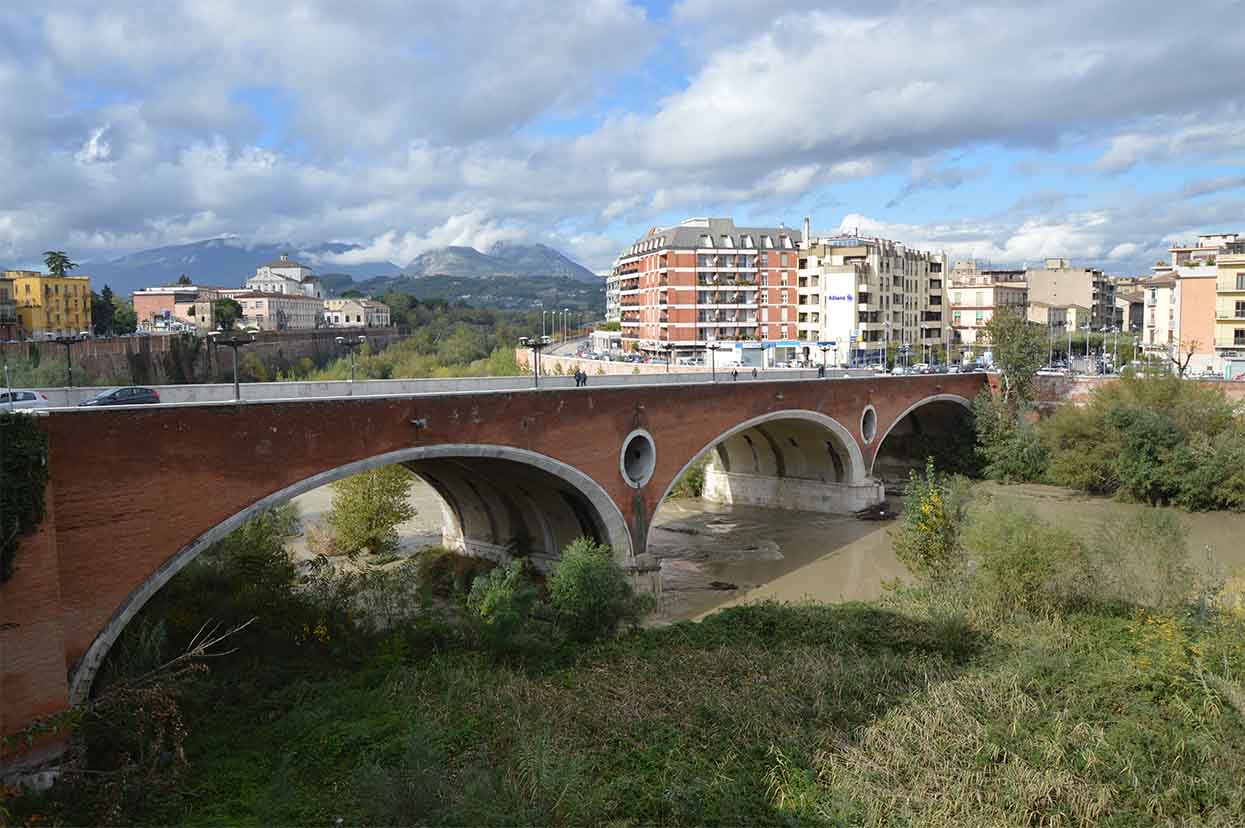
The city is called first Maleventum, then Beneventum and finally Benevento, it was a Samnite, Roman, Lombard and then papal city. Benevento boasts a conspicuous historical-artistic heritage and an interesting archaeological heritage. Since 2011, the church of Santa Sofia, built in 760 by the Lombard duke Arechi II, became part of the UNESCO World Heritage Site within the Lombard serial site in Italy: the places of power.

For the first time in Roman history, in 314 BC. Maleventum appears, defined about the first Samnite war as a flourishing center of the Southern Sannio, one of the main ones of the Irpini tribe. In its vicinity, the legions of Papirio Cursore and Bibulco defeated the Samnite troops during the Second Samnite War. In the vicinity of the city, in 297 BC, the Roman consul Publio Decio Mure, would have defeated the Apuli during the third Samnite war, thus preventing reunification with the Samnites.

In 275 BC, the Romans defeated Pyrrhus, who came to Italy with his elephants: this fact proved to be fundamental for the development of the city. To ensure possession of Benevento, they were deduced in 268 BC. the first settlement of Roman colonists with Latin law. The name of Beneventum dates back to this period, changed from Maleventum, considered a bad omen.
Episcopal seat starting from the 4th-5th century, it was almost entirely destroyed by a terrible earthquake in 369 AD, marking its slow and inexorable decline, also favored by the crisis of the Western Roman Empire.
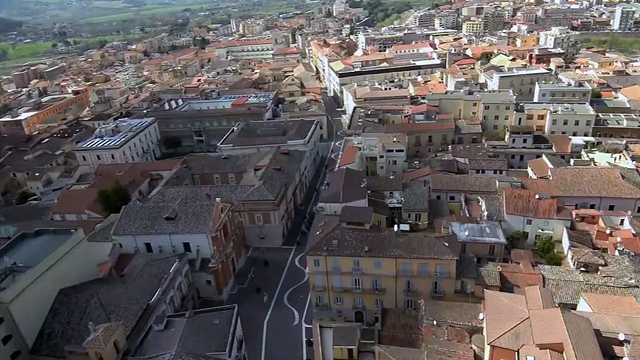
In 410 AD, it suffered the invasion of the Visigoths and in 455 that of the Vandals. Shortly thereafter, the fall of the Western Roman Empire occurred. In 490 A.D. it was taken by the Goths, in 536 or 537 freed by Belisario and in 545 conquered and sacked by Totila.
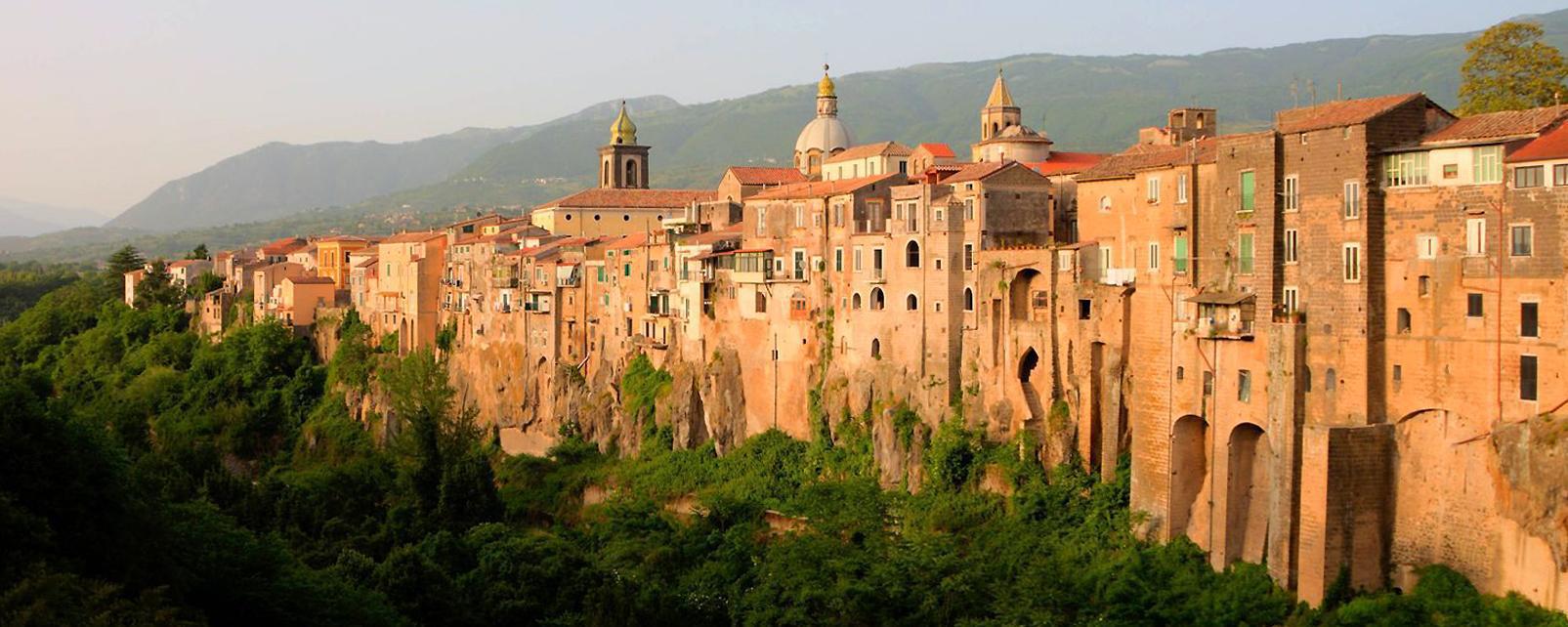
In 571 the Lombards founded the duchy of which Zottone was the first duke until 591. The second duke was Arechi I (also known in the sources as Arigiso) (592-641). Third Duke was Aione (641-642). Fourth Duke was Radoaldo (643-661). Fifth Duke was Grimoaldo (651-662), who also became King of the Lombards in 661. Sixth Duke was Romualdo I or (also known in the sources as Romoaldo) (663-687). Seventh Duke was Grimoaldo II (687-689). Eighth Duke was Gisulfo I (689-705). Ninth Duke was Romualdo II (706-731). Tenth Duke was Audelaio (731-733). Eleventh Duke was Gregory (733-739). Twelfth Duke was Iodescalco or Godescalco (740-742). Thirteenth Duke was Gisulfo II (742-751). The penultimate Duke was Liutprand (752-758). The last was Arechi II, son-in-law of King Desiderio, from 758 to 787. Protected by his greatness, by the secluded situation and by the difficulties of carrying and sustaining war, the duchy remains unharmed in the face of the threat of the Franks and Charlemagne himself is forced to stop at its borders. In 840, after Sicardo's violent death, the domain was divided into the two principalities of Benevento and Salerno and the county of Capua. There followed the series of independent princes of Benevento from Radalgisio to Landolfo VI. In 969, Pope John XIII raised Benevento to a metropolitan church. The principality ended in 1053 with the battle of Civitate and the capture of Benevento by Richard I of Aversa and Roberto il Guiscardo. In 1077, Henry III ceded it to the Church.
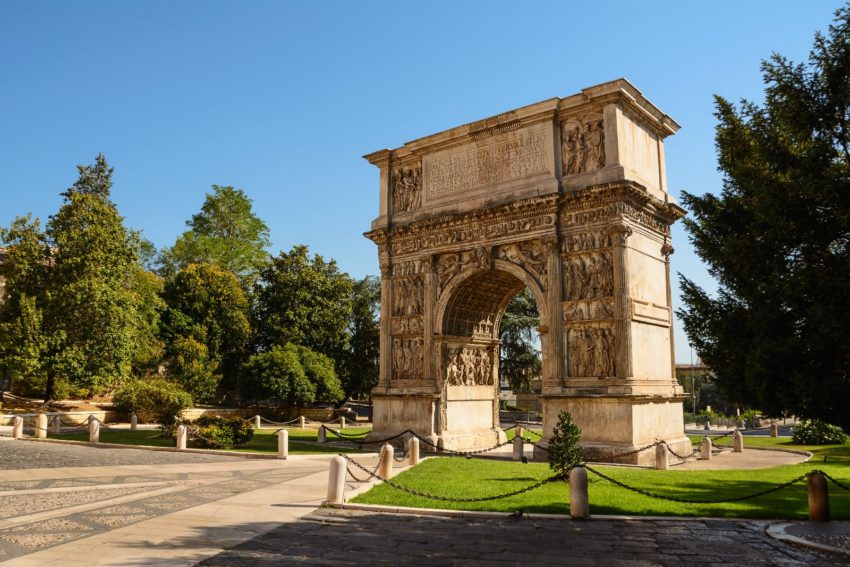
It was for a few years in the hands of the Normans (1078 - 1081), then remained for centuries a papal enclave in the Kingdom of Naples, governed by papal rectors, despite alternating events: there were in fact attempts to conquer it by Frederick II and Manfredi of Swabia, who was killed here in a battle against Charles I of Anjou. It was taken from the Church during the struggles between the Angevins and the Aragonese.
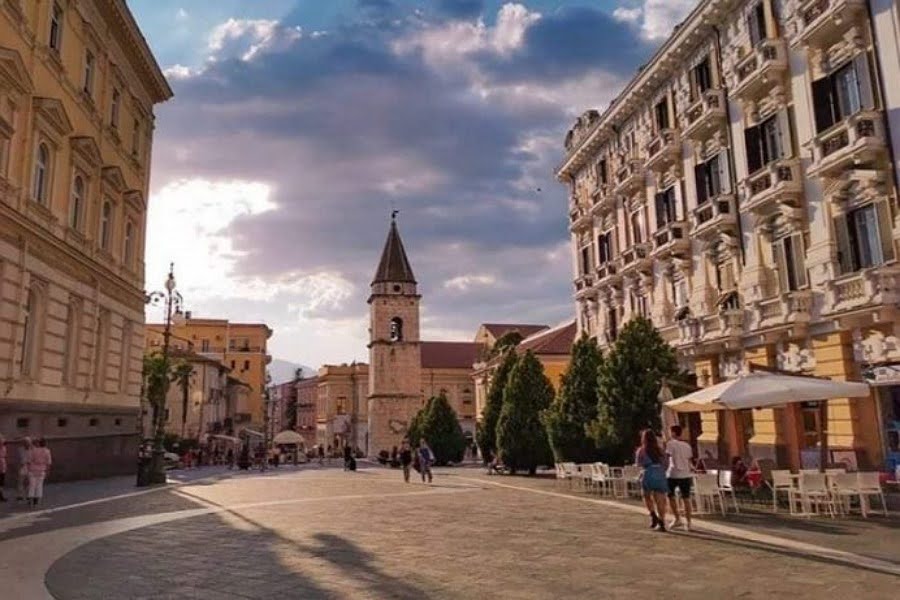
Its status as a papal exclave in the Kingdom of Naples, governed by papal rectors, continued even in more modern times. In 1458, Pope Callixtus III, on the eve of his death, recreated the duchy of Benevento for his nephew Pedro Luís, an illusory fief, as the city was firmly held by King Ferrante.
Alessandro VI, not to be outdone, confirming the investiture of the kingdom of Naples to Frederick of Aragon, in 1497 obtained it for his son Giovanni, formerly Duke of Gandia, Prince of Tricarico, Count of Garinola and Claromonte, as well as Gonfaloniere of the Church. Benevento was then troubled by the infighting that arose between the factions of Castello and that of the Fragola (Fravola), which ended with the peace of 1530.

In the seventeenth century, however, plagues, famines and earthquakes annihilated the efforts made and increasingly impoverished the city. Benevento finds serenity under the pope, except for a brief siege by the Spaniards from 4 September to 28 September 1633, writes the historian Gregorovius: "The city considered itself as a republic under the high patronage of the Popes, and it endured this form of supremacy papal, because there she found a way to use a greater freedom than that which another regiment would have allowed her ".
In 1688 it was destroyed by an earthquake. Cardinal Archbishop Orsini, the future Benedict XIII, saved himself from the ruins of his palace and not only rebuilt the city, but increased all its activities. In 1702, however, Benevento was shaken by a new cataclysm and the Shepherd did not desist from his work, so much so that he was celebrated as Alter Conditor Urbis ("new founder of the city").
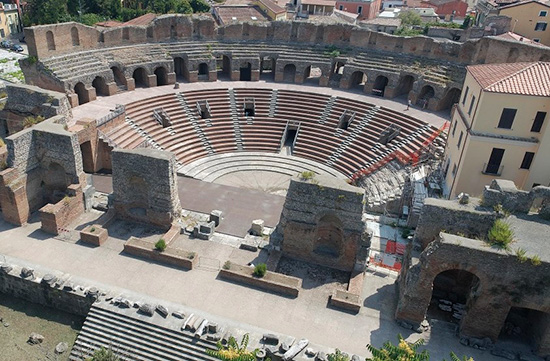
With the arrival in Italy of Napoleon Bonaparte in 1798, Benevento was first occupied by Ferdinand IV of Bourbon. Later, Napoleon made it the seat of a new principality, ruled by Talleyrand (1806). Returning to the Church with the Restoration, in 1860 the Garibaldians of Salvatore Rampone took it away from the papal dominion, and it was thus annexed to the nascent Kingdom of Italy.
Thus began a new life for the ancient city, which resumed its function in Southern Italy, developing considerably in its urban complex and embellishing itself with interesting buildings and beautiful monuments, progressing in agriculture, especially in the cultivation of tobacco and cereals. , in the famous confectionery, mechanical, liquor, wood, brick industries, in its thriving businesses, in welfare and cultural institutions.
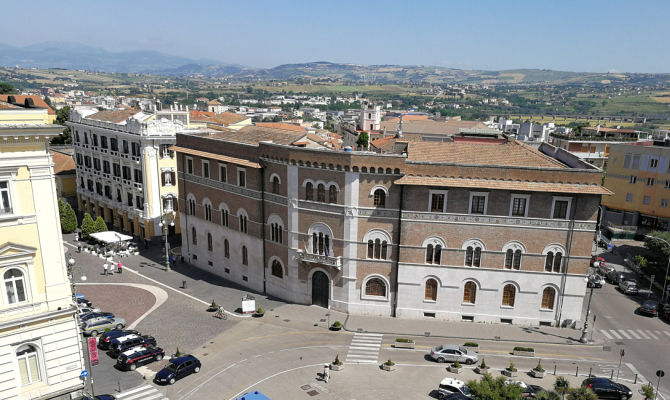
Nor could this fervor be extinguished by the immense destruction of the Second World War, when the citizens gave such proof of courage and self-denial that they deserved the Gold Medal for Civil Valor (June 15, 1967). The city was bombed by the Allies in 1943: two thousand inhabitants died and over half of the city was destroyed. Only on 2 October 1943 did the Americans enter the city.
Substantial damage was then caused by a flood in 1949. Since the 1950s, Benevento has expanded considerably and is the subject of major redevelopment interventions.
During the Second Punic War, two decisive battles were fought: in 214 BC. the Carthaginian general Annone was defeated by T. Gracco; in 210 BC, the field of Annone was attacked and taken by the consul Q. Fulvio. In 209 BC it was one of the eighteen Latin colonies that administered contingents of men and money to continue the war.

In 86 BC, the Romans elevated it to the rank of municipium. Towards the end of the Republic, Benevento is described as one of the most prosperous cities in the South. Augustus, in 42 BC, deduces a new colony, while a third colony is deduced from Nero, which takes the name of Concordia, as is also documented in the inscriptions of the reign of Septimius Severus: Colonia Julia Augusta Concordia Felix. Adriano then united it with Campania.
Benevento drew particular benefits from being located on an important communication artery which was the Appian Way at the time. Traiano chose it as the starting point for the road that took his name (the Via Traiana, a variant of the Appian Way from Benevento to Brindisi). Thus it was that throughout the third and fourth centuries AD. the city prospered in a particular way, enriching itself with numerous and splendid monuments. At that time it was the most populous city in the South after Capua.
Video: Benevento
Map: Benevento
Address: Via Annunziata Palazzo Mosti, Benevento
(BN) Campania
Latitude: 41.1298634
Longitude: 14.7771761
Site: http://www.comune.benevento.it...
vCard created by: BBCC
Currently owned by: BBCC
Type: City
Function: Public place
Creation date:
Last update: 17/08/2021